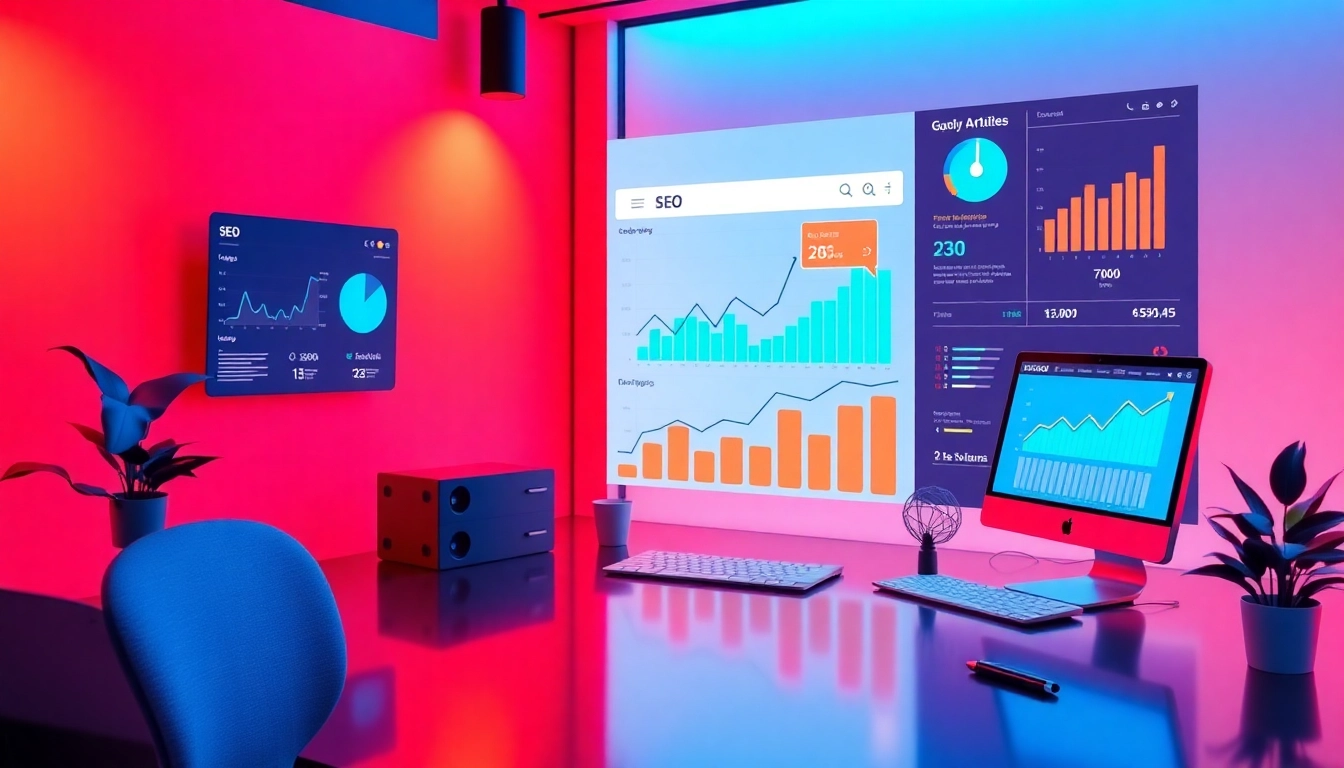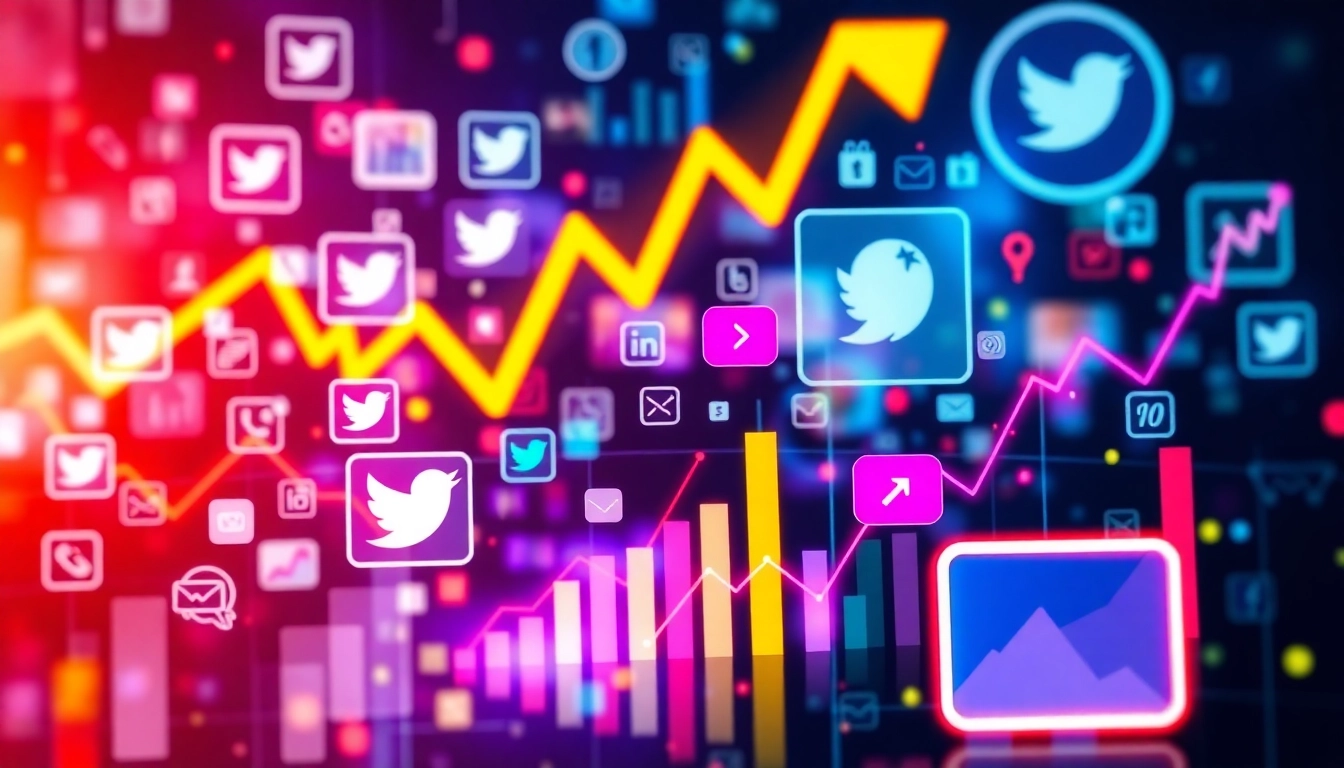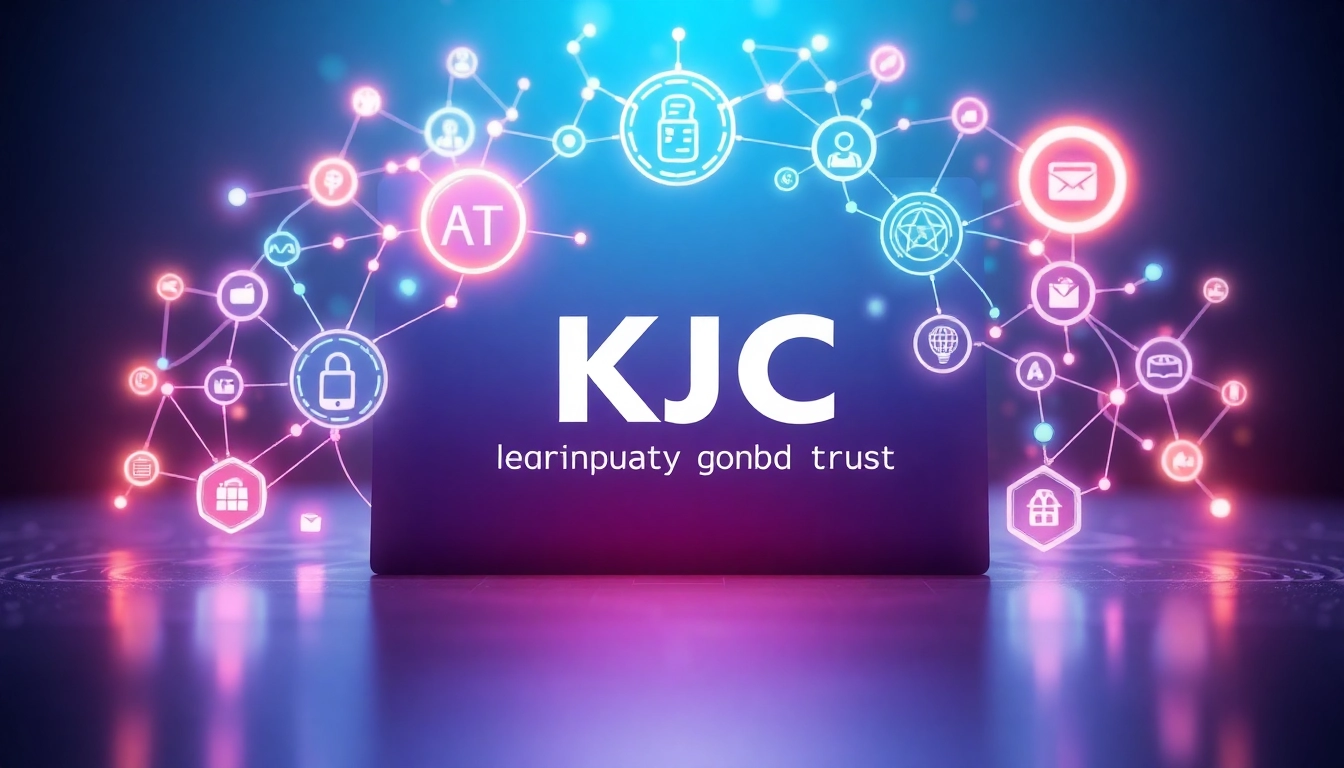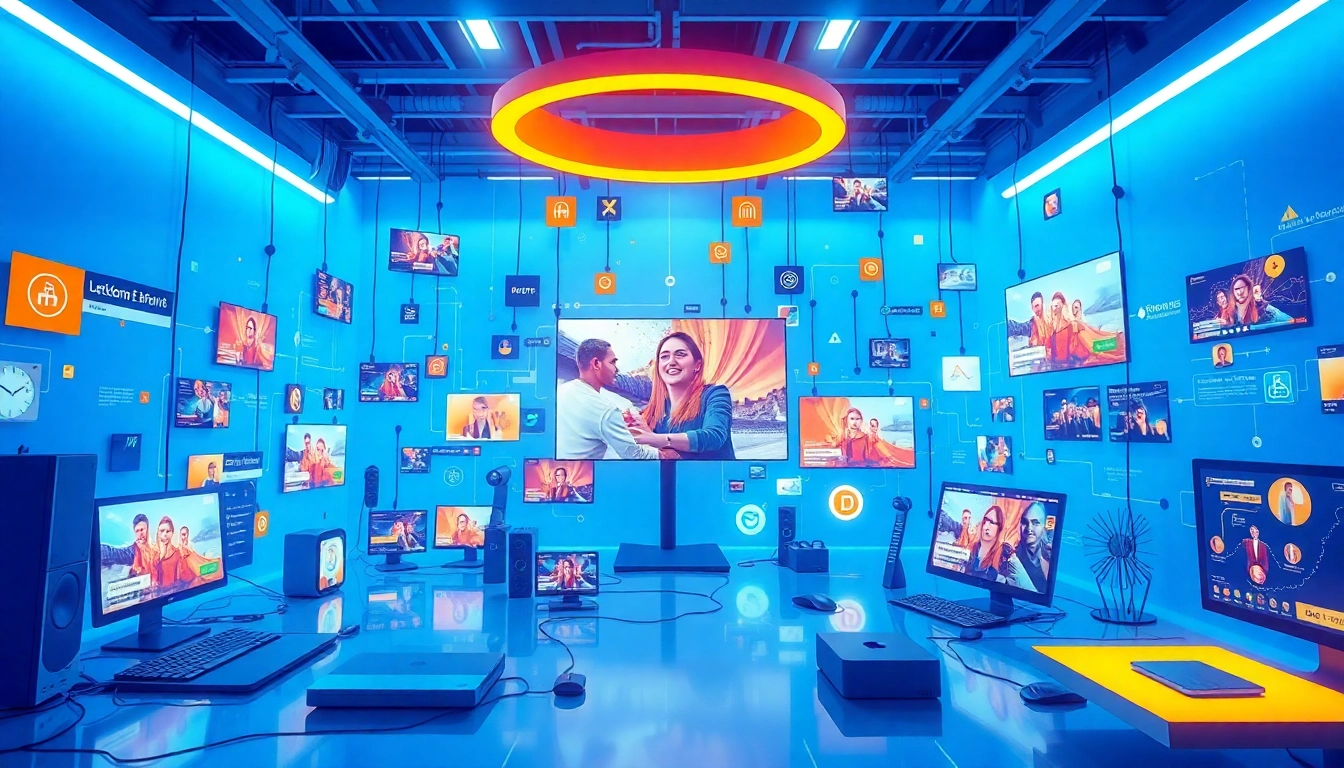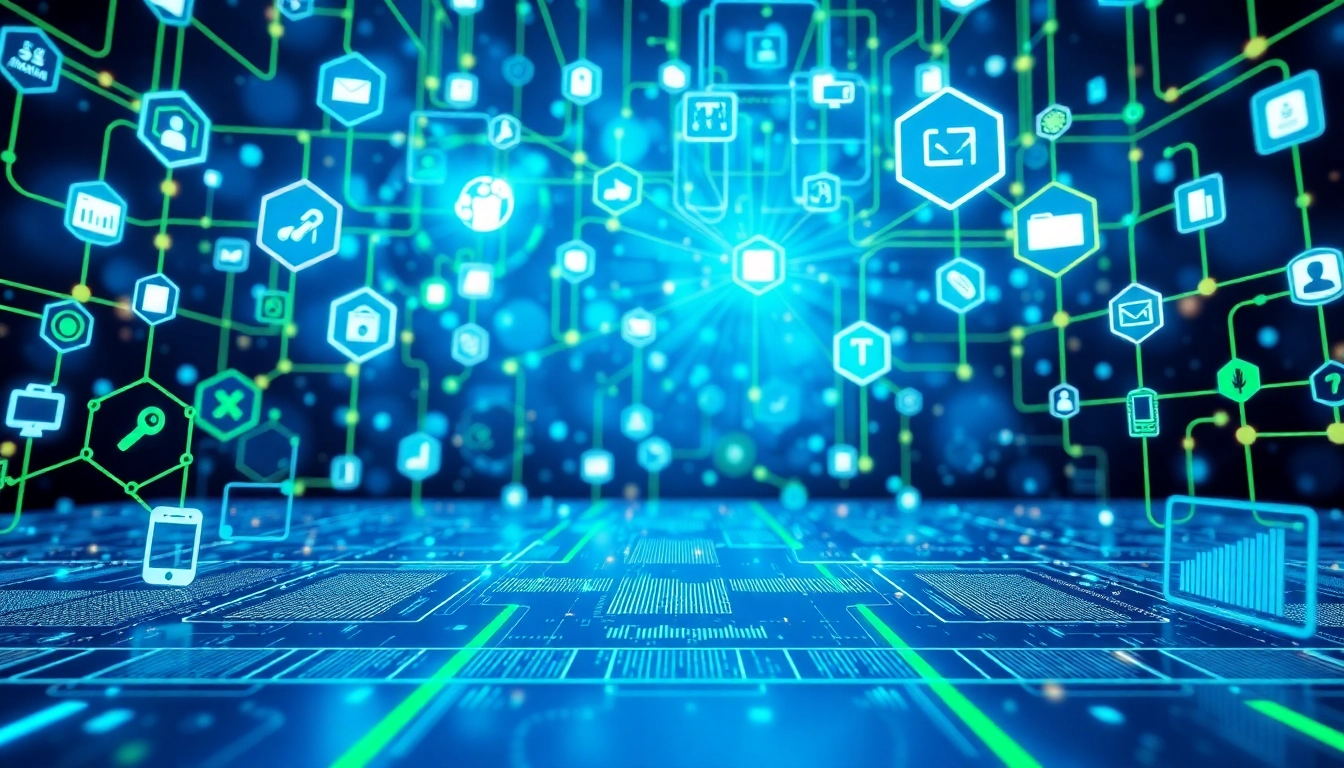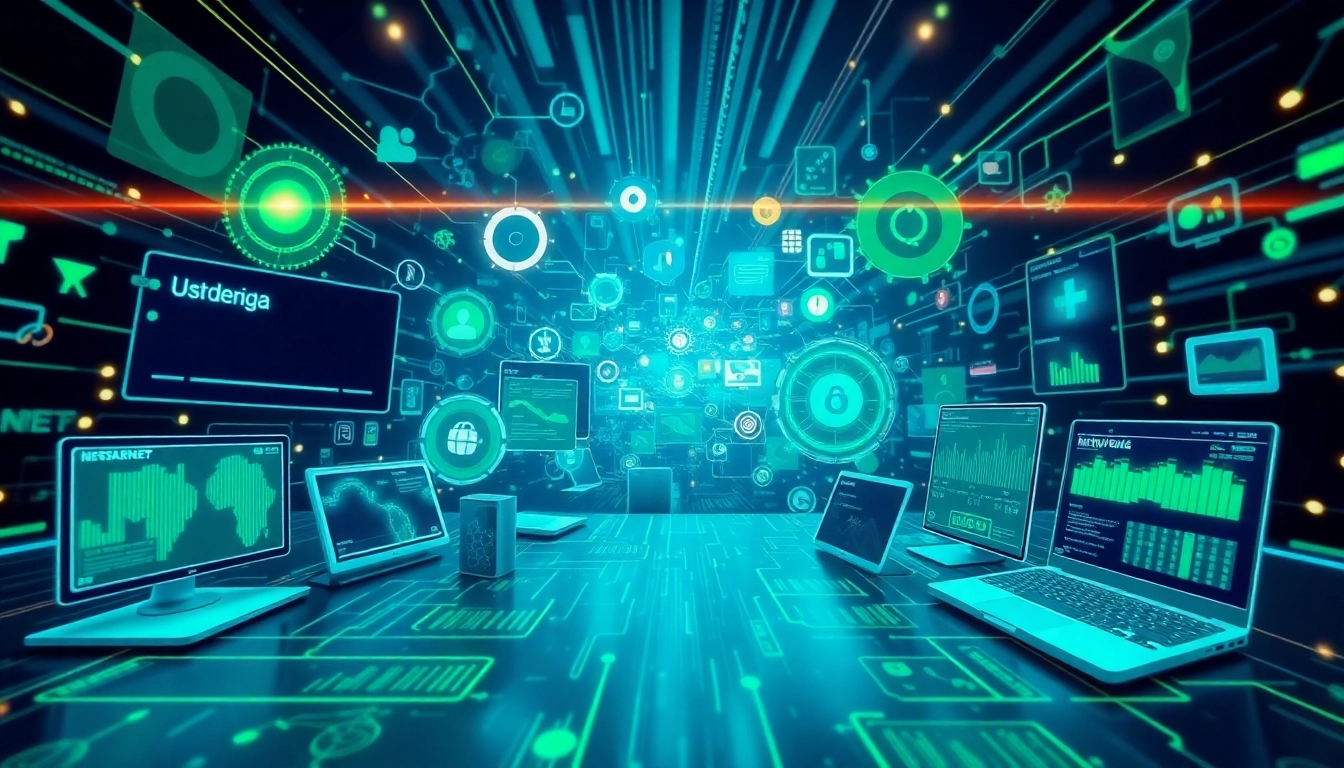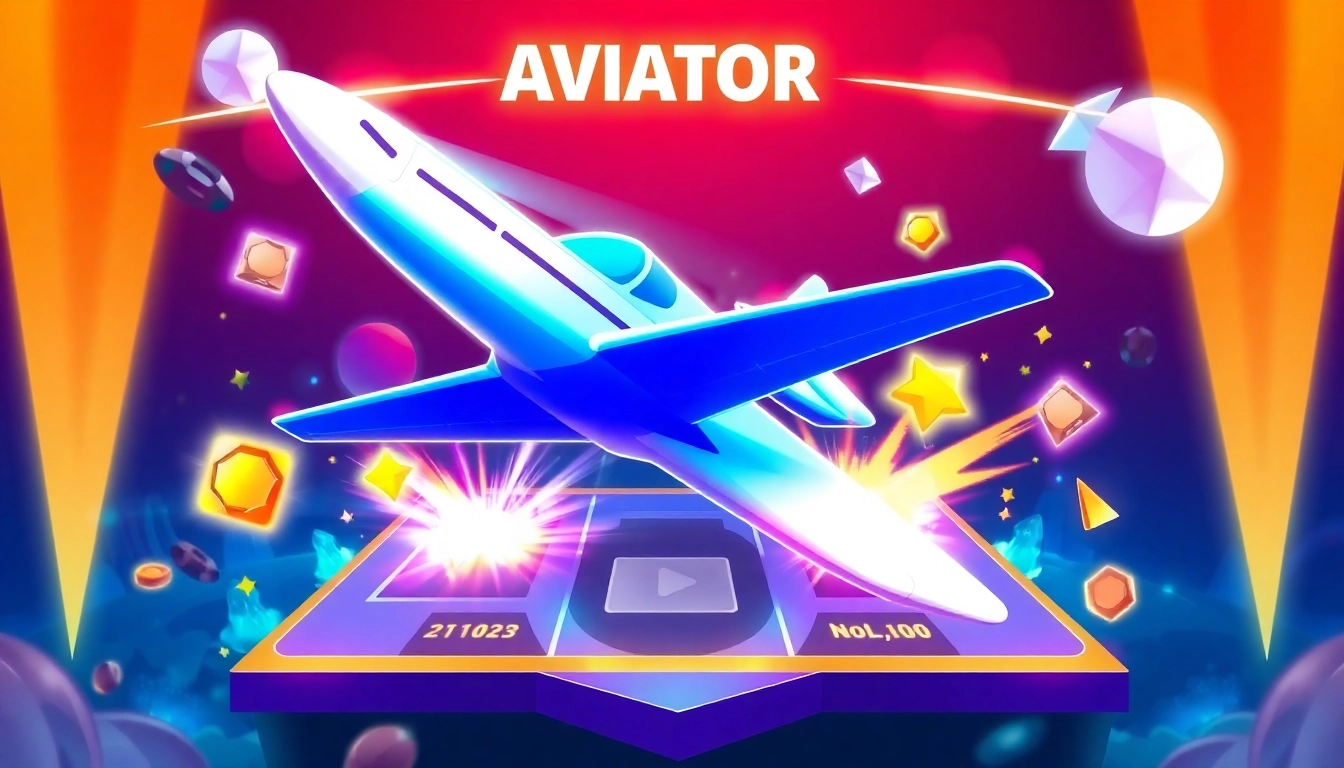What is Technology?
Technology is an encompassing term that refers to the application of knowledge, skills, and techniques to create tools, systems, and processes that solve problems and enhance human capabilities. Specifically, it can be defined as “the science of the application of knowledge to practical purposes,” which emphasizes its role in facilitating real-world applications and innovations. From the smartphones we use to the complex algorithms that drive artificial intelligence, technology is intricately woven into the fabric of our everyday lives. If you’re interested in exploring more about technology, its definition, and implications, you’re in the right place.
Defining Technology and Its Applications
At its core, technology signifies the intersection of scientific knowledge and practical application. It serves not only to streamline tasks but also to cater to human needs and improve quality of life. Today, technology manifests in various forms including but not limited to:
- Information Technology (IT): This encompasses all aspects of managing and processing information, often through the use of computers and software.
- Consumer Electronics: Devices such as smartphones, laptops, and digital cameras that are used by individuals for personal or professional purposes.
- Industrial Technology: Machinery, tools, and equipment used in the manufacturing and production of goods.
- Communication Technology: Technologies that facilitate communication, including telecommunication systems and social media platforms.
Types of Technology: From IT to Consumer Electronics
Understanding the various types of technology helps in appreciating their implications in modern life. Here is a breakdown of several key categories:
- Information Technology: Focuses on the storage, retrieval, and transmission of information. Examples include cloud computing and cybersecurity measures.
- Biotechnology: Involves the manipulation of living organisms to develop products and technologies for medicine, agriculture, and environmental solutions.
- Environmental Technology: Technologies that harness renewable resources and promote sustainability, such as solar panels and wind turbines.
- Consumer Electronics: Devices aimed at consumers for personal use, like smart home devices, laptops, and wearable technology.
The Role of Technology in Daily Life
Technology is not merely an abstract concept. It plays a pivotal role in our daily routines—from the moment we wake up to the sound of our alarm clock to the time we spend on social media during our lunch breaks. Its presence enhances convenience and efficiency. Consider the following examples:
- Smart Home Devices: Thermostats, lighting systems, and alarms that can be controlled remotely via smartphones.
- Online Education: Platforms that offer tailored learning experiences, making education accessible to a global audience.
- Telehealth Services: Providing medical consultations remotely, a necessity highlighted by the global pandemic.
The Impact of Technology on Society
The influence of technology extends beyond individual users; it shapes societies and cultures. Its impact is evident across various sectors, transforming how we communicate, learn, and provide healthcare.
How Technology Shapes Communication
Technology has revolutionized communication, enabling instant connectivity across geographically and culturally diverse communities. Platforms like social media, messaging apps, and video conferencing tools have made it easier than ever for people to stay connected. This shift has implications for personal relationships, business operations, and societal norms:
- Instant Messaging: Allows real-time communication regardless of location.
- Social Media: Facilitates cultural exchange and global conversations about pressing issues.
- Virtual Meetings: Changes traditional business dynamics, reducing the need for travel and enabling remote collaboration.
Technology’s Influence on Education
The educational landscape has changed drastically with the integration of technology. It provides new teaching methodologies and learning opportunities, such as:
- Online Courses: Accessibility to courses from prestigious institutions enables lifelong learning.
- Interactive Tools: Utilizes gamification and virtual simulations, enhancing student engagement.
- Learning Management Systems (LMS): Organize educational content for students and educators, facilitating a structured learning environment.
Technology in Healthcare: Transforming Patient Care
The healthcare industry has undergone a digital transformation, impacting patient care dramatically. Here are some advancements:
- Telemedicine: Enables patients to consult with healthcare professionals remotely, improving access to care.
- Electronic Health Records (EHR): Streamlines patient information management, enhancing efficiency and streamlined treatment plans.
- Wearable Health Technology: Devices like smartwatches monitor vital signs, informing users and healthcare providers about health changes promptly.
Emerging Technology Trends to Watch
As technology continues to evolve, several trends are gaining traction and is poised to shape our future. Keeping abreast of these trends is critical for anyone invested in understanding or leveraging technology in various fields.
Artificial Intelligence and Machine Learning
Artificial intelligence (AI) and machine learning (ML) present an exciting frontier in technological advancements. They enable machines to learn from data, improving their performance over time without being explicitly programmed. Key applications include:
- Predictive Analytics: Businesses use AI to analyze consumer behavior and forecast trends.
- Personal Assistants: Devices like Siri and Alexa utilize AI to learn user preferences and provide tailored assistance.
- Autonomous Vehicles: Self-driving cars leverage AI systems to navigate safely, showcasing the potential of AI in enhancing transportation.
Blockchain and Its Applications
Blockchain technology provides a decentralized method for recording transactions securely and transparently. Beyond its initial application in cryptocurrency, it holds potential across various industries:
- Supply Chain Management: Blockchain can enhance traceability from source to consumer, ensuring quality and authenticity of products.
- Smart Contracts: Automate contract execution when predetermined conditions are met, reducing the need for intermediaries.
- Financial Services: Increases efficiency in transactions while minimizing fraud and errors.
Virtual Reality: Beyond Gaming
Virtual reality (VR) technology creates immersive environments that can be leveraged beyond gaming. Its applications include:
- Education and Training: VR provides simulated scenarios for training in various fields, such as medicine and aviation.
- Real Estate: Virtual property tours allow potential buyers to experience homes remotely.
- Therapeutic Use: VR therapies are being developed for conditions such as PTSD, providing more humane treatment options.
Challenges and Concerns Related to Technology
While technology offers numerous benefits, it also presents challenges that require attention. Concerns related to privacy, security, and ethical implications have come to the forefront in digital discourse.
Privacy and Security Issues in the Digital Age
The more intertwined our lives become with technology, the greater the risk of data breaches and privacy invasions. Some critical aspects include:
- Data Breaches: Increasingly common, these breaches can expose sensitive user information, creating legal liabilities.
- Surveillance: With cities implementing smart technologies, concerns about mass surveillance and loss of anonymity arise.
- Phishing and Cyberattacks: Security measures must evolve constantly to safeguard users from increasingly sophisticated attacks.
The Digital Divide: Access and Inequality
As society becomes more reliant on technology, disparities in access can lead to significant inequalities. Key points of discussion include:
- Rural vs. Urban Access: Individuals in rural areas often lack access to high-speed internet, limiting opportunities.
- Socioeconomic Factors: Financial constraints can exclude certain demographics from accessing essential technologies.
- Education Disparities: Students without technology at home may fall behind, exacerbating educational inequities.
Ethical Considerations Surrounding Emerging Technologies
With great power comes great responsibility. As technology evolves, ethical considerations must guide its development and implementation. For instance:
- AI Bias: Algorithms may perpetuate existing biases if not designed with fairness in mind.
- Job Displacement: Automation can threaten traditional job roles, raising questions about workforce adaptation and retraining.
- Informed Consent: As data becomes integral in services, users should understand how their information is utilized.
The Future of Technology: Predictions and Possibilities
The horizon of technology is filled with potential, and understanding upcoming trends can prepare individuals and businesses for future developments. Here, we explore several transformative predictions.
Technology’s Role in Sustainable Development
Given the pressing challenges posed by climate change and resource depletion, technology plays a crucial role in fostering sustainable development:
- Green Technologies: Innovations that minimize environmental impact, such as electric vehicles and renewable energy sources.
- Smart Grids: Technologies that optimize energy distribution and reduce waste.
- Water Management Solutions: Use of sensor technologies and IoT for efficient water use and conservation.
Future Innovations and Market Disruptions
As innovation accelerates, we are likely to see disruptions across multiple markets. Notable predictions include:
- 5G Technology: Expected to revolutionize connectivity and enable new applications in IoT, smart cities, and autonomous driving.
- Quantum Computing: Possesses the potential to solve complex problems inaccessible to current computing capabilities.
- Augmented Reality (AR): Will fundamentally change user experiences across sectors such as retail, healthcare, and education.
Preparing for a Tech-Driven Future
As we move into this tech-driven era, preparations for transitioning must be made across sectors:
- Upskilling and Reskilling: Continuous learning to equip the workforce with relevant skills in a changing job landscape.
- Investment in Infrastructure: Ensuring that technological frameworks are in place for comprehensive adoption.
- Engaging Public Discourse: Encouraging conversations around ethics, accessibility, and sustainable practices in tech innovation.



